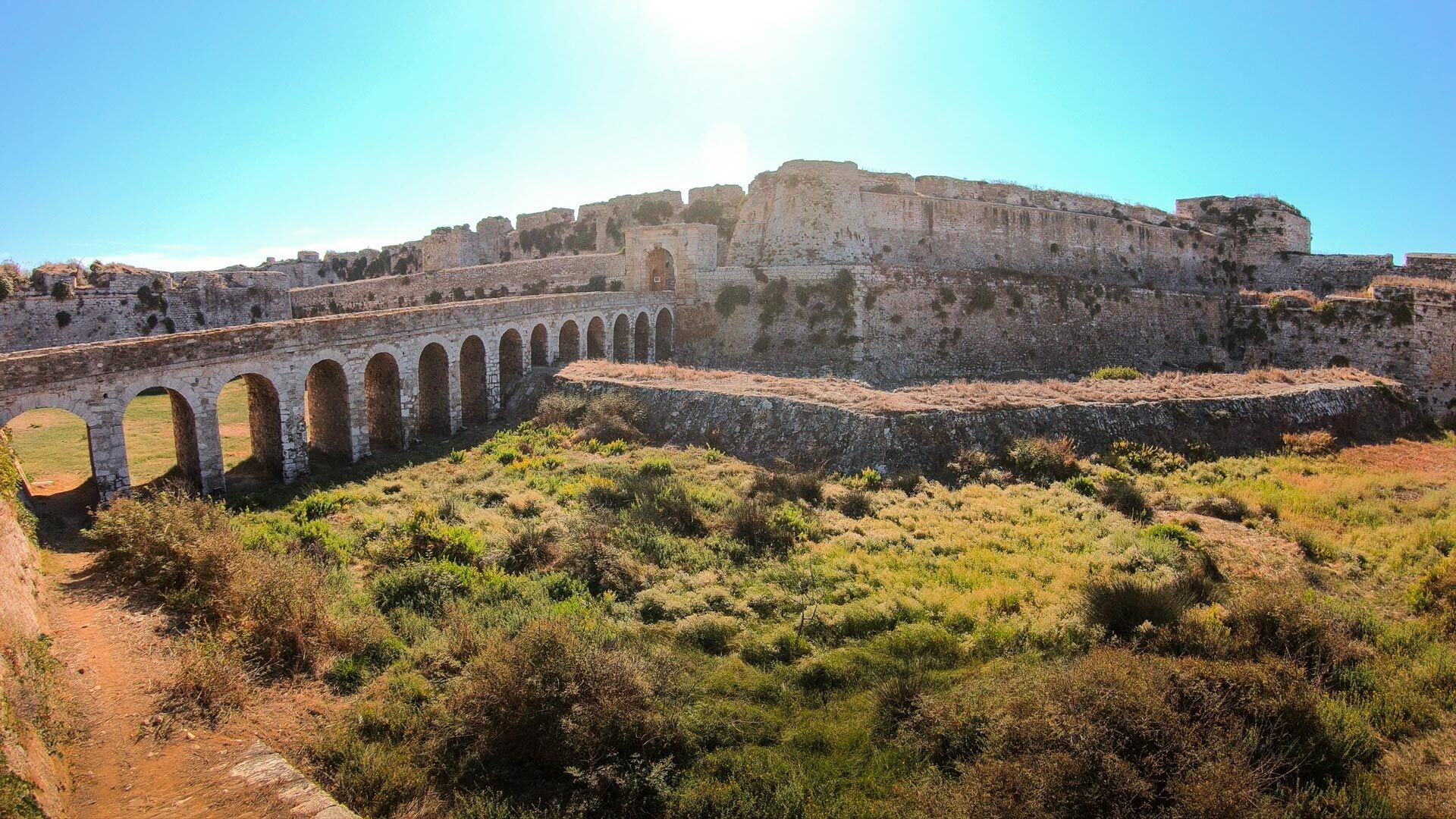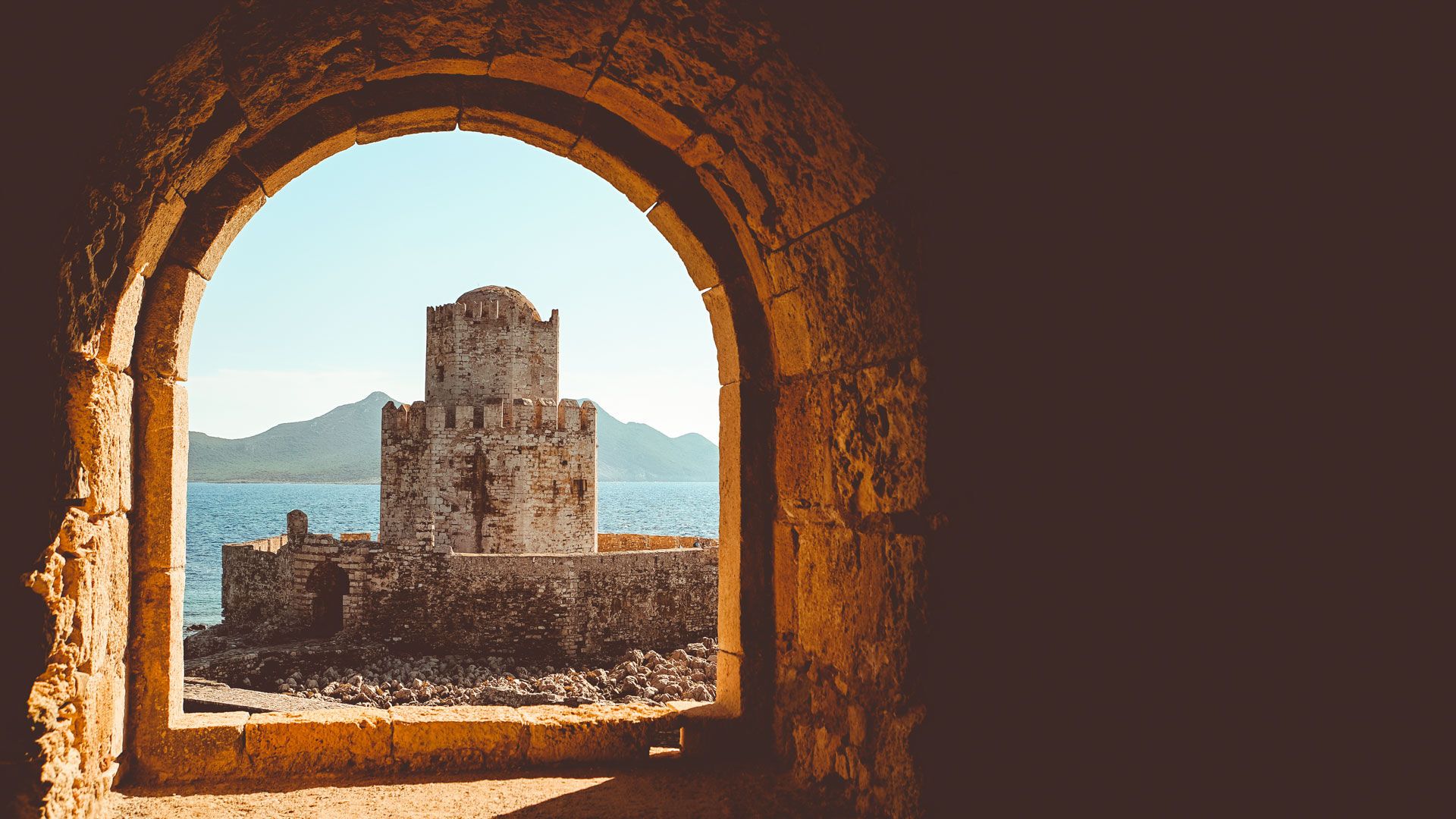Sightseeings
Neda River
The natural boundary between the regional units of Messinia and Ilia is the valley of the Neda. Neda, a nymph in mythology and the goddess of water, gave her name to the only female river of Greece. The passage of Neda is a thrilling and a risky adventure, but also an opportunity to enjoy what nature has generously offered to Messinia. Neda compensates those who decide to live this unprecedented experience in the best possible way.
Polilimnio Gorge
In the municipality of Voufrados, 39 km from the town of Marathopolis lies the gorge of Polilimnio with its lakes and waterfalls. Walking along a landscaped path for 5 minutes, passing through dense vegetation and with the help of picturesque wooden bridges, you will discover a hidden paradise of ponds and waterfalls, surrounded by olive groves and vineyards.
Gialova
The well-known Gialova wetland is the southernmost wetland of international importance in the Balkans. It is integrated in the “Life Natura” programme, as it is a necessary stop in the wanderings of many species of migratory birds. It is considered as a protected area with a total of 258 species. An informational point operates in this important wetland where visitors can see various species of birds, indulge in birdwatching and observe the only kind of chameleon in Europe.
Ancient Messini
Ancient Messini is one of the most significant ancient cities in terms of its size, structure and state of preservation and still has much to be discovered. Along with the sanctuaries and public buildings it has imposing fortifications, dwellings and burial sites. It has, amongst other things the rare advantage of never having been destroyed or covered by later settlements and sits in an unspoiled inland site in a natural Mediterranean environment. This natural environment combines the mountain grandeur of Delphi and the low riverside serenity of Olympia, the dominating bare limestone mass of Mount Ithome, the ancient acropolis and the low fertile plain spread below the ancient city.
Niokastro
Two castles are built on the summits of the two hills at the ends of the Bay of Navarino, overlooking the town of Pylos: the older castle of Navarino, called Palaiokastron or Palaionavarinon and the more recent castle, called Niokastron. The latter was built in 1573 by the Turks, and in 1686 was given over to the Venetians. It again came under Turkish domination in 1715, along with the castle of Koroni and Palaionavarino. In 1816 it was captured by Ibrahim Pasha and remained under his control until 1828 when it was liberated by the French general Maison. During the Second World War it was used as the seat of the Italian and, later, the German headquarters. Large-scale restoration work has been carried out for many years. The restored hexagonal Fortress on the top of the hill houses the Museum and the Underwater Archaeological Research Centre.
The Palace of Nestor
The agricultural town of Hora, located 50 km from Kalamata, is known to all visitors as the archaeological area where the Upper Egklianou palaces of King Nestor were discovered (many compare them with Ancient Mycenae and Tiryns). Close by is the tholos tomb attributed to Nestor and his heir Thrasymidi. Findings from the palace and surrounding region that came to light by the excavations (approximately 4000 years of archaeological finds) can be found in the Archaeological Museum of Hora.
On the Upper Egklianou hill, 4 kilometres south of Hora, the palace was found that is said to be the Palace of Nestor. The excavations started in 1939, and were completed after the Second World War, brought to light earlier ruins from the Palace. The city and the Palace were destroyed in 1200 B.C., probably during the invasion of the Dorians.
The Palace of Nestor just14 km from Pylos, is among the most important monuments of Mycenaean Greece, because it is the only Mycenaean Palace which is in such good condition. The palaces were built in the 13th century B.C. by King Nestor (son of Neleus) who took part in the Trojan War with ninety ships. Ancient Pylos was the second biggest city of the Mycenaean world, after Mycenae, and King Nestor is portrayed as one of the most respected characters in the Homeric epics. The surrounding landscape was calm and the the Palace was not fortified, unlike the other Mycenaean settlements. The palace was almost completely destroyed in the early twelfth century, by fire and never reconstructed. The fire had an extremely positive result; it “baked” many ceramic tablets thus saving approximately 1200 texts with rare information on the economy, society, worship etc. of the Mycenaean times.
Heinrich Schliemann had made inquiries in the area in 1888, but didn’t manage to find the palace of Nestor. In 1912 and 1926 the archaeologist Kountouriotis discovered two Tholos tombs that Carl Blegen felt were royalist. In 1939 Kountouriotis identified the location of the prehistoric royal Palace and the excavation was continued and completed by the American archaeologist Carl Blegen. For 10 days they made excavations in 8 locations and found Mycenaean vases. On the 4th of April they had already found parts of murals, tablets with Linear B ‘ (these tablets, which are reminiscent of palm leaves, 1250 in total, were decoded in 1952 by the architect Michael Ventris and the classical scholar John Chadwick, giving us practical information on life in prehistoric Pylos), and one meter thick walls This stage of the excavations continued until 10th May, revealing much of the Palace.



